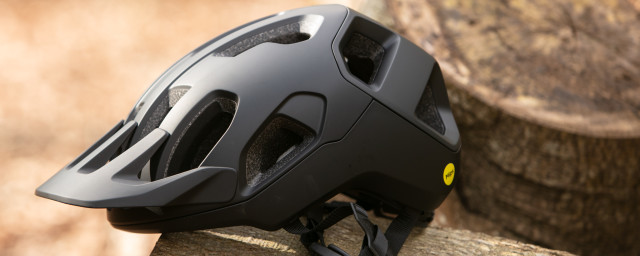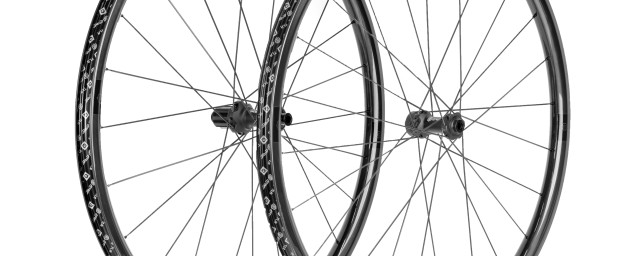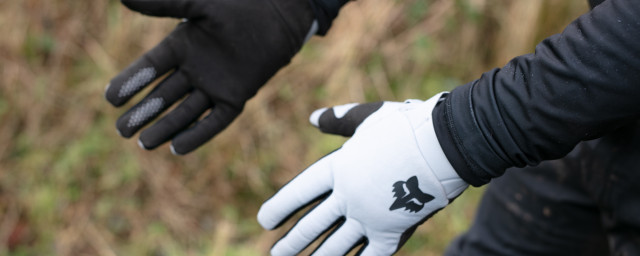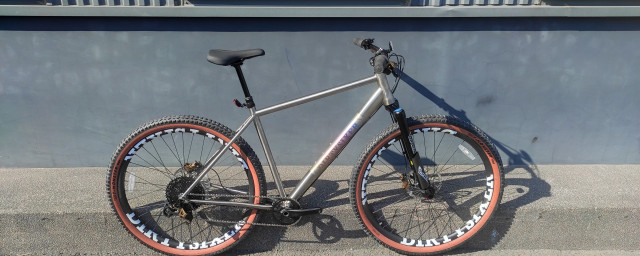Oval chainrings - what are they and why you need one

Chainrings are typically circular in shape and have been for years but some brands are shaking up the game with oval-shaped chainrings. while polarising on many levels, they come with real benefits, especially for off-road cycling. Here's everything you need to know.
- Best mountain bike shoes 2023 - top-rated flat and clipless kicks
- 5 best upgrades for your new mountain or gravel bike
- Best gravel bike shoes 2023
Since the conception of chain-driven bicycles, chainrings and cassettes or sprockets have been circular and that makes perfect sense. They offer a near-direct power transfer while being predictable and generally even. It’s a design that’s used for many other applications other than cycling, too.
The downside of round chainrings
While popularised the world over, round chainrings don’t complement the human body’s physiology and are not actually that efficient at transferring torque. With flat pedals, for example, a rider will put in the maximum power during the downstroke of the pedalling circle. This can make power transfer feel peaky, as a bike jerks forward with each downstroke.
A huge argument for clip or SPD pedals is that they allow for greater efficiency as riders can pull up on the upstroke. Even so, power throughout the pedalling circuit isn’t as efficient owing to the shape of a round chainring.
High-level road or gravel riders base a large chunk of their riding technique around pedalling in perfect circles, where a rider can transfer power throughout the whole pedal stroke. That’s a difficult skill to master for the average Joe, however.
What is an oval chainring?
An oval chainring is exactly what it says on the tin but it’s much there's a lot of detail here to unpack. But don’t let the horror stories of Biopace summon any preconceptions – modern oval chainrings are a far cry from Shimano’s biggest flop.
Modern oval rings combine the diameters of two sizes of chainring. An example is that a common oval chainring used for mountain biking is as wide as a 32T ring at its narrowest and a 34T chainring at its widest. But the elliptical shape isn’t just slapped anywhere as it’s clocked at a specific point on the crank to make the most of the change in diameter. This is all to maximise power in the area of the stroke where it's needed and reduce resistance where it’s not – this is according to absoluteBLACK. This timing, or clocking can vary from brand to brand and size to size.
The idea of this shape is to effectively put more power in areas where it’s lacking, thus significantly evening out power transfer throughout the whole pedal stroke.
Do oval chainrings make a difference?
For off-road cycling, the difference is incredibly noticeable. They work to even out power delivery throughout the pedal stroke which results in real performance gains.
Because power transfer isn’t so peaky, traction while climbing is greatly increased. With a round chainring, the delivery of torque can be very sudden and at its highest on the downstroke. This can result in the rear wheel breaking traction when climbing. With an oval chainring, power delivery is much smoother throughout the pedal stroke, therefore torque isn’t transferred suddenly at any point.
Oval chainrings also offer a noticeable increase in acceleration for the very same reason.
However, the biggest difference is that an oval chainring can reduce fatigue over long distances because it makes much more efficient use of a rider’s energy. In fact, some riders find they’re pushing tougher gears where they would usually be shifting into an easier one.
The benefits of oval chainrings will find themselves useful on gravel, XC, trail and enduro bikes.
What are the cons of an oval chainring?
For gravel and mountain biking, the cons are very few but they are present. Gravel riders who like to push hard and ride fast might find that they don’t get consistent power at high speeds. That’s simply because an oval chainring isn’t consistent in diameter like a round chainring. This can also apply to mountain biking but won’t be as noticeable as pedalling efforts are more on/off in comparison.
But mountain bikers can come into issues with chain security as oval chainrings don’t play quite as nicely with chain guides simply because of the change in diameter. A chain guide can’t be fitted as close as required for the whole circumference of a chainring because the diameter changes as it rotates. The narrow-wide tooth profiling – something that is now standard across one-by-specific chainrings – will help with retention and prevent chain drops in most situations.
Another issue is that not every oval chainring is built the same. Brands tend to clock their oval chainrings differently from one another and some keep clocking (timing) consistent through its range of sizes. Others, clock their rings for each size specifically.












